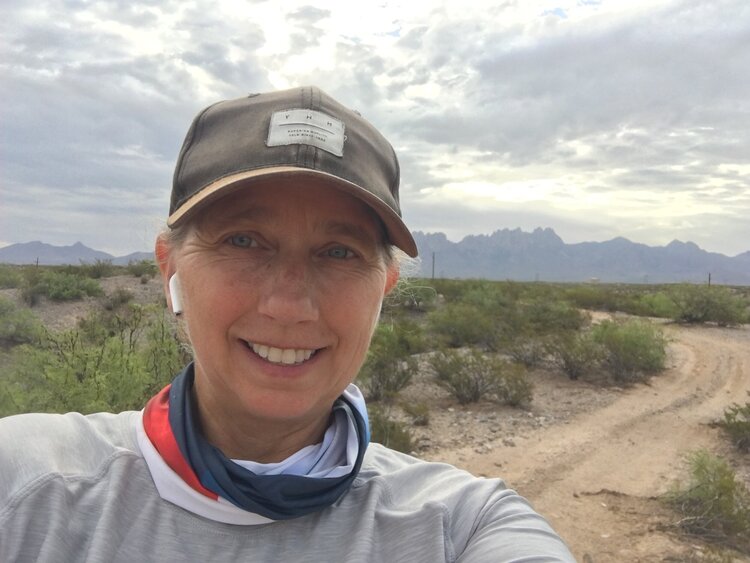This past week a student required assistance with an article from his science fair project. He had taken some notes and I was helping him construct a paragraph for his blog post.
In conjunction with the Going Green initiative at the school, this student has selected a specific aspect relating to the causes of global warming: meat consumption.
Some of the information in his notes left me slightly skeptical, “Really?” I queried, pointing to some statistics on his page. His face brightened and he nodded with conviction and articulated the gist of the article, as he understood it. I insisted, however, that he show me the original piece. Sure enough, he had comprehended the information correctly: According to the Food and Agricultural Organization of the United Nations (FAO), the livestock industry contributes 65% of nitrous oxide and 36% of methane related to human activity as well as 9% of human-related carbon dioxide production (1). This student continued to expound on the detrimental factors of the livestock industry, convincing me to reconsider even my own modest intake of meat.
It was such a pleasure to see this student in the “driver’s seat” as he taught me all he knew. He was empowered and it gave him needed confidence to continue on with his attempt to put his knowledge into the written word.
Sometimes we just don't know, and that's OK, especially if we are genuinely interested in learning.
I can think of at least two scenarios in which a teacher finds him/herself in a position of admitting ignorance. First, as in this example, in which a student has actually attained more expertise in a specific area and is willing to share. Second, when a student asks a question in class that the teacher actually doesn’t know the answer to. The latter happens to me, especially in my more advanced classes, and I relish these opportunities. If I sense the answer is readily found I’ll model how to find the answer right on the spot. If I suspect the answer might require a bit more time on my part then I promise to look it up and get back to the students. They appreciate that. It seems to foster mutual respect.
In any case, I think teachers should never fear showing their own ignorance to a student.
Allowing students to see our ignorance...
- Potentially instills student confidence.
- Allows students to see that learning never ceases.
- Sends a message of value in learning.
- Provides an opportunity to teach how to find reliable answers.
- Fosters respect.
The same is true for any adult in the position of interacting with youth. Don’t be afraid to claim, “I don’t know”. Use it as an opportunity to bond with the younger person in finding an answer together. You will find it a rewarding, and constructive experience for all involved.
(1) "Livestock a major threat to environment." Livestock a major threat to environment. N.p., n.d. Web. 18 Apr. 2014. <http://www.fao.org/newsroom/en/News/2006/1000448/index.html>.
